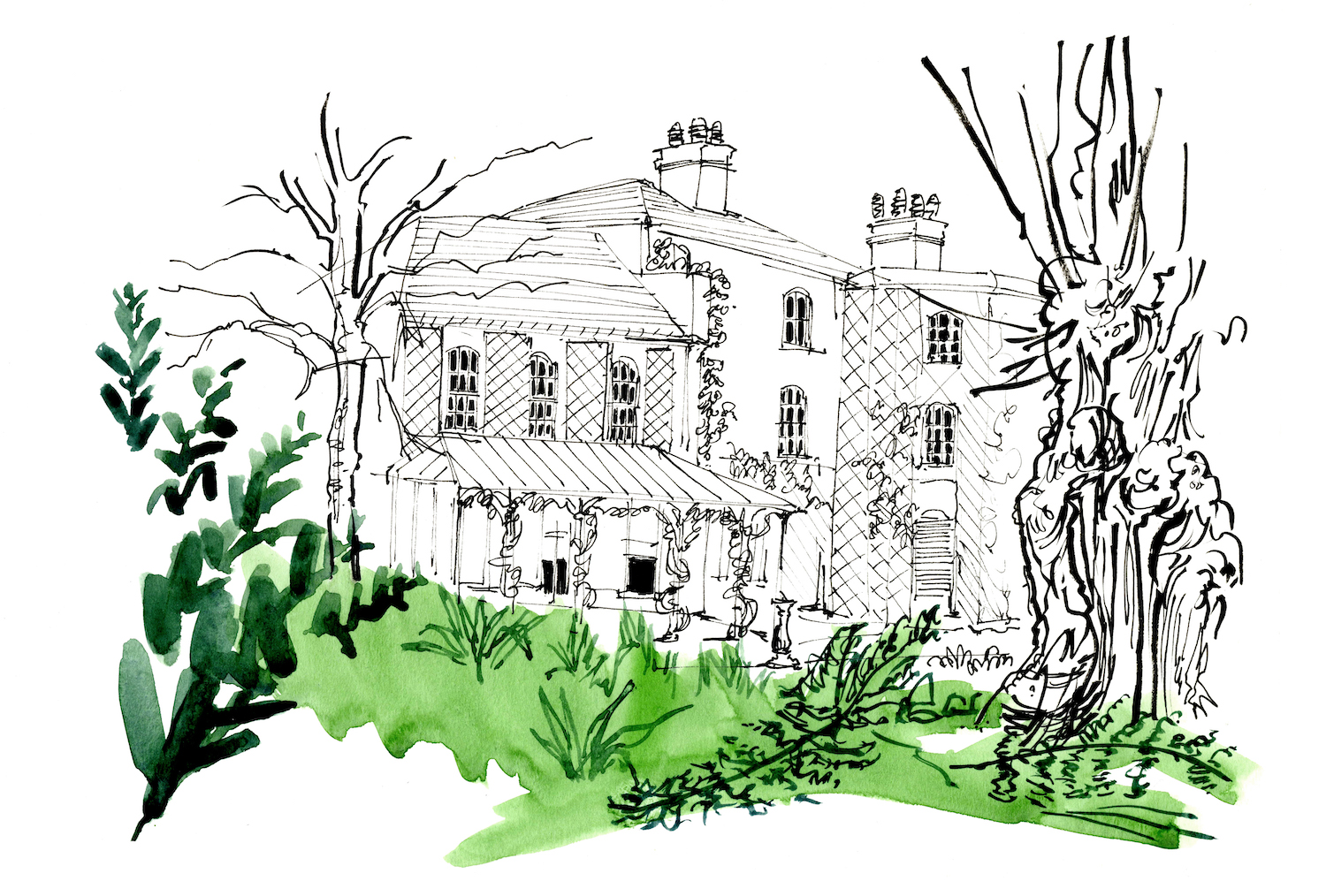Down House – Darwin's Garden Legacy
A Little Oasis
Artist in residence and English Heritage employee, Georgie Bennett, speaks with the Head Gardener at Down House, Antony O’Rourke, about the importance of maintaining Darwin’s legacy for future generations.
Down House is the family home of world-renowned English naturalist, geologist and biologist, Charles Darwin. Hidden in the Kent countryside, surrounded by wildlife, Down House was Darwin’s sanctuary. It is the place where he lived and worked for 40 years and where he tested his theory of evolution. From his ‘thinking path’ to his greenhouse, the gardens at Down House played a prominent role in shaping his thoughts and Darwin’s unique observations of the natural world and garden experiments are kept alive today for visitors to enjoy.
GB: What appealed to you about working at Down House?
AOR: I always wanted to work in a heritage garden. I’ve always had a fascination with horticulture and how it has been shaped by what our ancestors did in the past. To come back to it after all these years of self-emplyment has been amazing and particularly on such hallowed ground where all these amazing experimentations took place. At first glance Darwin’s publications seem disparate and unrelated – he studied subjects like geology, pigeon fancying and bumblebee watching – but when you look closer you can see that they are all parts of a puzzle, with evolution by means of natural selection at its centre. It forms a wider sphere of thinking and to be responsible for carrying on that legacy is a unique privilege.
GB: What do you enjoy telling visitors?
AOR: Plants are the masters. One thing I saw the other day was a bee with a pollen sack (pollinia) on its head. No sooner had it picked up this pollen sac from a tropical orchid it flew off across the beds and was immediately caught by a carnivorous pitcher plant. I enjoy telling visitors the very sinister nature of plants.
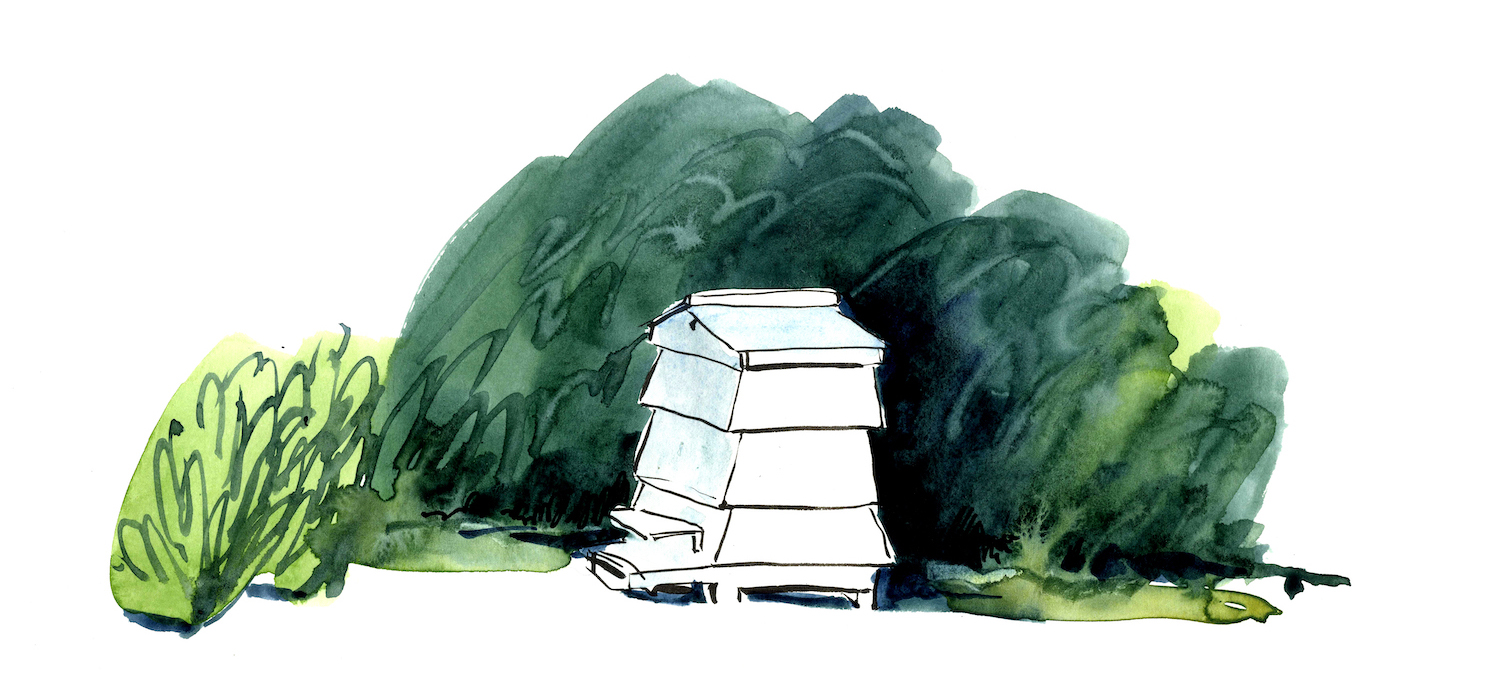
GB: What was Emma Darwin’s role when it came to the garden?
AOR: The soul of this place is unique and what I love about it is its un-gardened nature and that is largely due to Emma Darwin. The main garden was Emma's responsibility, Charles Darwin had very little to do with it. All the beds in the main lawn adjacent to the terrace, the mixed borders down the central path and those on the veranda are all Emma Darwin’s creation. Her style of gardening was very haphazard and as a child growing up, she had the nickname Little Miss Slip Slop because she was so slapdash in her appearance. She was very informal and I like maintaining a garden where the delineations between nature and nurture are quite blurred. People often comment on the weeds here but one person's weed is another person's wildflower.
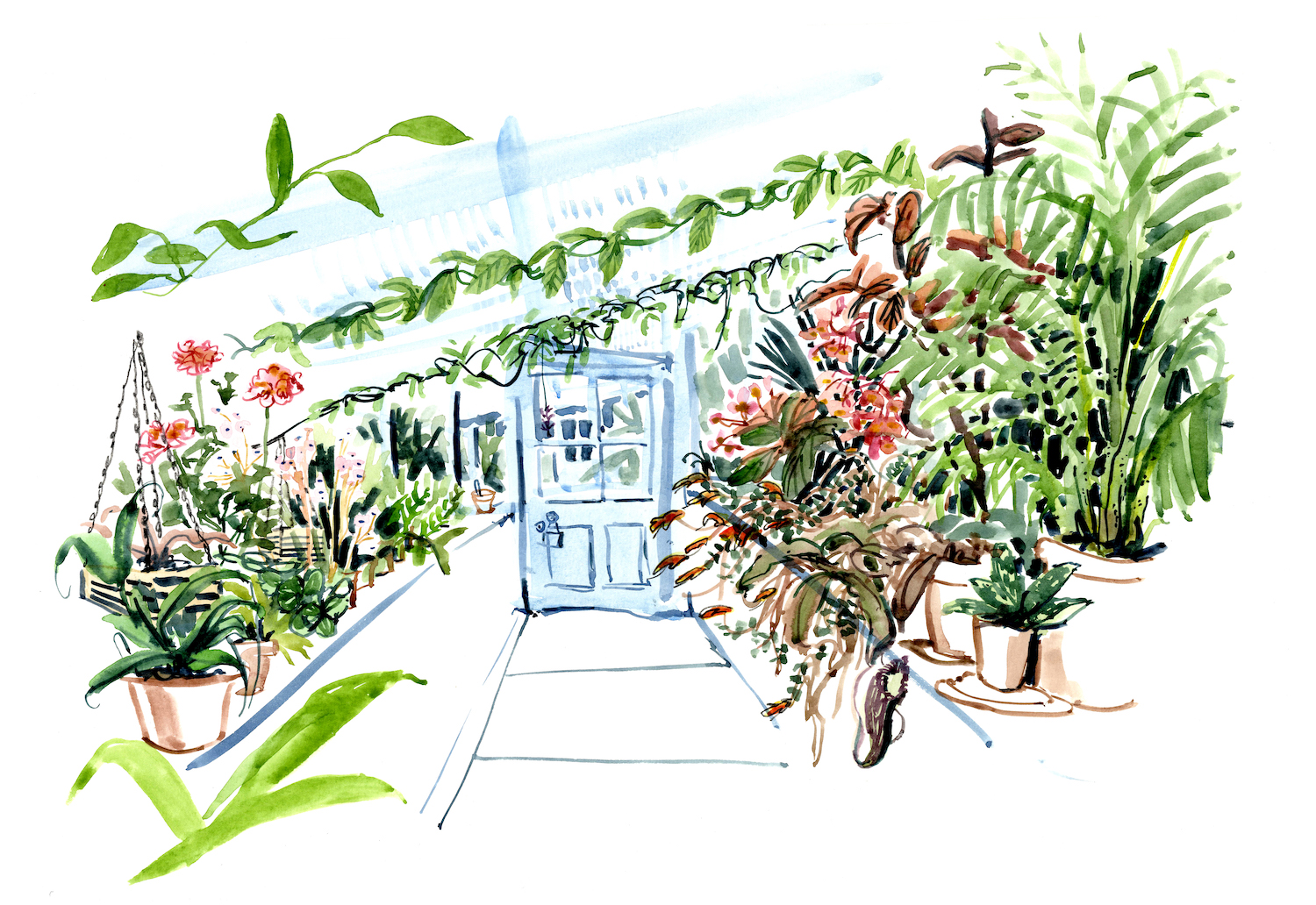 GB: Do you have a favourite or memorable story about the Darwins?
GB: Do you have a favourite or memorable story about the Darwins?
AOR: I love the fact that Darwin’s work and his family were emphatically linked. His famous experiments and theories often overshadow his family life at Down House. He moved here primarily to raise a family and I love that he actively involved his children in his experiments. Darwin was one of the first people to observe the peculiar nature of bumblebees and how they would visit certain parts of the meadow. The places they would ‘buzz’ he aptly named ‘buzzing places’. He marked the bees with flour and stationed his children at various points around the parameter and together they would observe the bees. These are the types of stories which really bring the gardens to life.
GB: If Darwin could see his house and gardens today what do you imagine he would think?
AOR: I think he would find it amusing. I think he would find it amusing that we were still holding on to it all these years later. It would be interesting to see what he would think in terms of whether it still looked familiar. The trees, of course, would be quite different and some of the plants would be different. I must constantly remind myself that the garden represents a 40-year period, 1842 until 1882. A lot of incarnations of the garden could have appeared and disappeared within a 40-year period. The garden itself would have evolved over time.
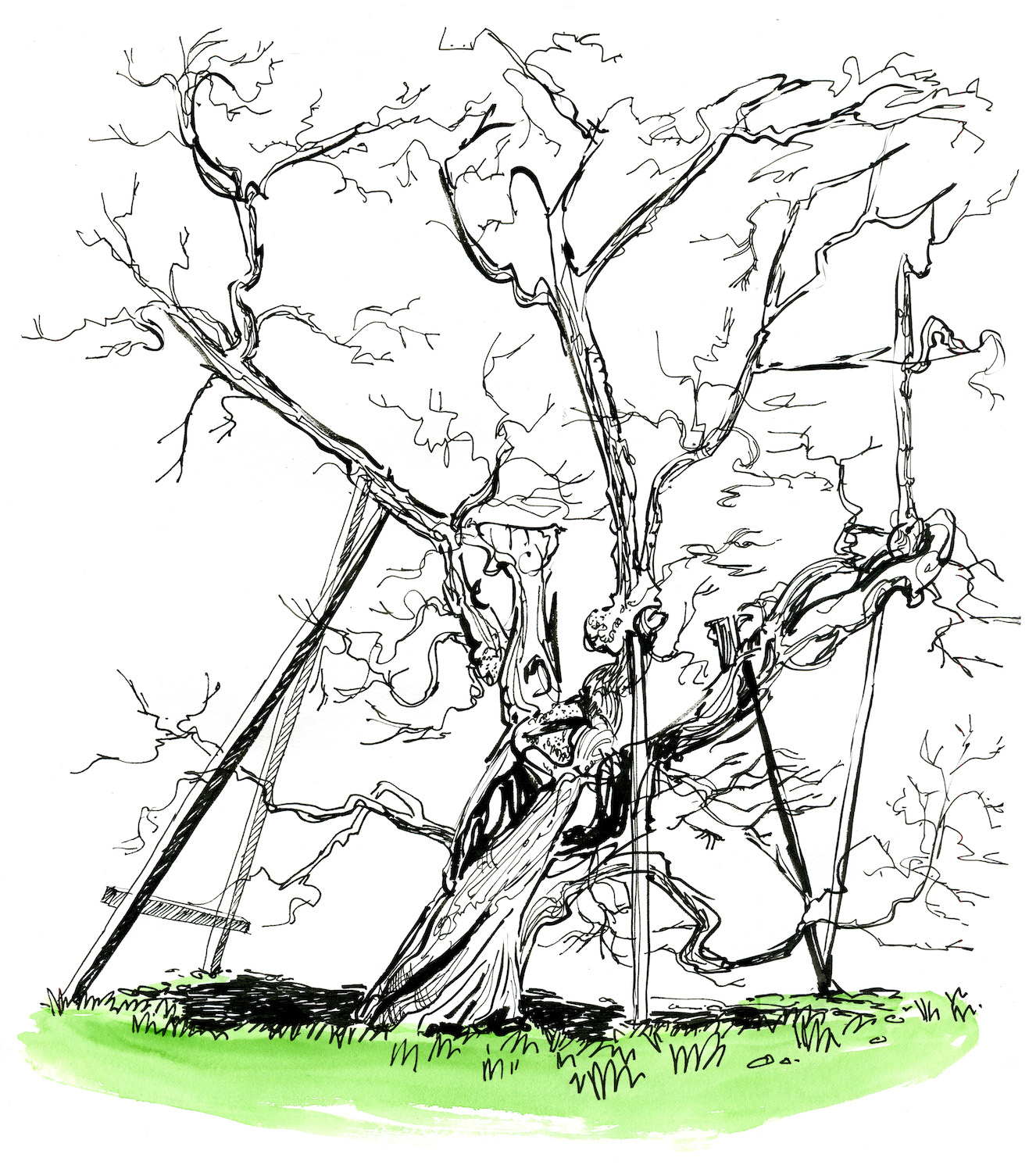
GB: Working with Kristina, Senior Gardener, and the volunteers is quite the team! Can you describe the sense of community in the garden?
AOR: I knew from the very beginning that we would have to massively increase the number of volunteers. I wasn't sure what the uptake would be and whether there would be a problem with how remote the site is. I'm glad to say that the advert was so successful that we have had to close it for now. The staff must also be available to give advice, support and help to volunteers. We value the time they give and there is definitely a sense of community here.
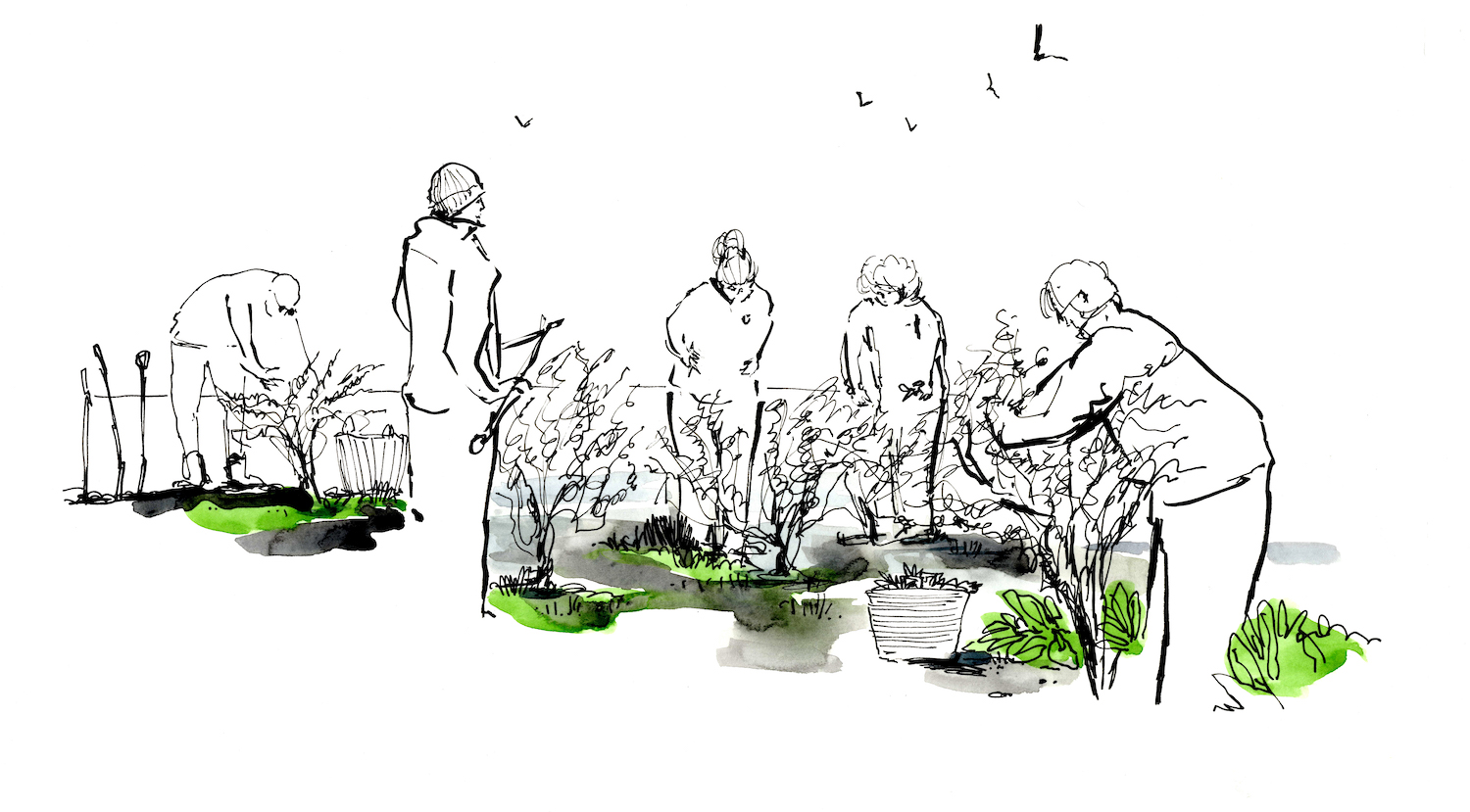
GB: Can you speak about the ethical gardening you practice at Down House?
AOR: We have a very green ethic when it comes to gardening the site. We don’t use any chemicals at all and the fertiliser is organic. It is interesting to find ourselves gardeing in a time of heightened awareness of environmental issues. Since the Second World War we have lost 96% of our native wild meadows and 75% of biodiversity in this country. All of this would never have entered the mind of a Victorian person and they would have taken things for granted. I find myself thinking of what Darwin’s opinion would be now, of the world and the challenges facing us from a biodiversity perspective. People are now more aware of ethical gardening and most gardeners are environmentally savvy but there are problems facing horticulture because its reliant on nonrecyclable plastics. I think this is an opportunity for us to not only accurately represent a Victorian garden but we can also champion alternatives to chemicals. We are also in a position of responsibility to promote ethical gardening.
GB: What do you hope people take away from their visit?
AOR: I suppose the answer to that is in two parts. One is a Darwinian answer, which is that I hope the garden inspires children to be curious and question things around them. The garden can influence people to look at and question the natural world; to think like a scientist and look at the world with a rational brain.
But from an 'Antony' point of view, the most fantastic thing about being here is that we are an oasis of biodiversity within sight of Canary Wharf. Darwin’s garden is like a little oasis of biodiversity – we have 30 acres of traditionally managed wildflower meadows, grazed by sheep over the winter and then in the summer we allow it to grow up. There are amazing flowers here, fantastic orchids, and it’s a message of hope. We are so close to London and we are bombarded with doom and gloom from the media. We are constantly reminded of everything going extinct and how awful human beings are. However, I beleive that we must think: ‘build it and they will come’. Most of the land in London and other cities compreise of back gardens and so there is no reason why we cannot live in harmony with nature. Coming to a place like Down House can hopefully inspire people to give nature a chance.
You can find out more about visiting Down House on the English Heritage website.
All artworks were created onsite at Down House. More of Georgie Bennett’s work can be found at georgieillustration.co.uk
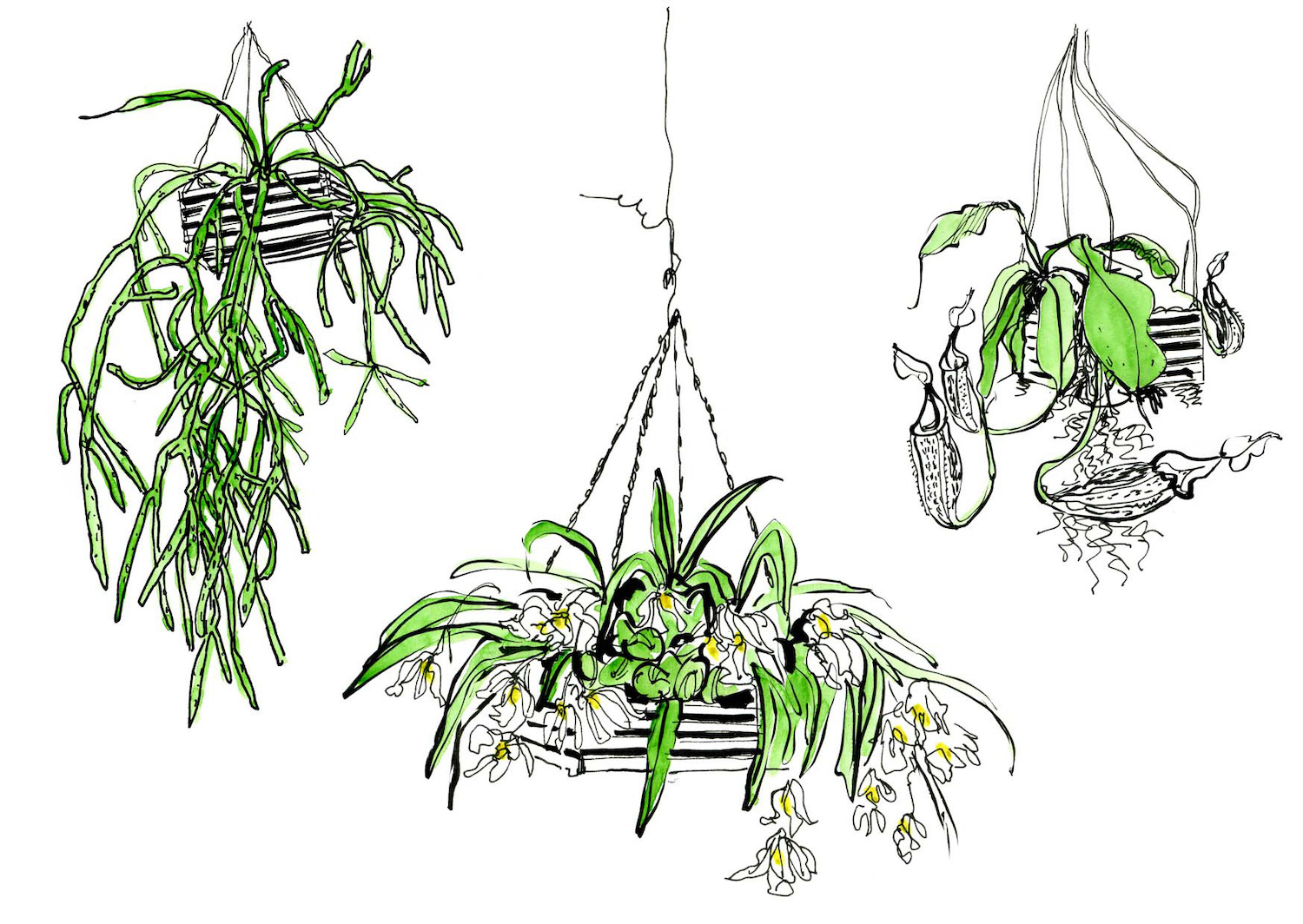
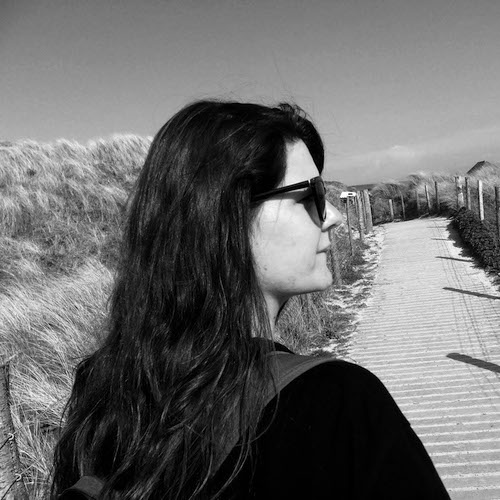
Georgie Bennett is a graduate from Falmouth University with a Master of Arts degree in Illustration. Over the course of her degree she consolidated her love of landscape and narrative-based projects. Currently residing in Kent she continues to paint and draw on location and pursue a career in teaching and freelance illustration. Georgie is a regular contributor to Elementum Journal and her work has appeared in Editions Four and Five.
